Solve your program’s ACGME requirement for 80 hours of NRC training, and give your residents durable, hands-on skills for their board exams and beyond.NRC80

 Hands-on labs overseen by your authorized user (AU) nuclear medicine faculty.
Hands-on labs overseen by your authorized user (AU) nuclear medicine faculty. Practical learning experiences in radiation safety, nuclear medicine, and radiopharmacy.
Practical learning experiences in radiation safety, nuclear medicine, and radiopharmacy. Simplified compliance with flexible resident scheduling and detailed audit trails.
Simplified compliance with flexible resident scheduling and detailed audit trails.
NRC80
Labs

Key
Benefits
Benefits

Simplifying
Compliance and
Inspiring Minds
NRC80 Labs are structured to help you survive ACGME/NRC audit, while teaching your residents a rigorous scientifically-driven approach to evaluating new technology. Here’s how it works:01Group Lab SessionsResidents complete labs in groups, reducing impact on your program’s rotation schedule and hot lab operation.

02Authorized User OversightIn accordance with NRC, your institutional Authorized User (AU) signs off on every worksheet, confirming oversight and adequate completion.

03Documentation for AuditsWe store your signed worksheets in the cloud, where your program coordinator ensures 100% resident completion, long before your next ACGME or NRC audit.

Lab Breakdown
Each NRC80 lab delivers 15 hours of training towards the 80-hour NRC-mandated requirement. Here is a breakdown of the labs:Lab 1
§ 35.290 (c)(1)(i)(A)
§ 35.290 (c)(1)(i)(C)
§ 35.290 (c)(1)(ii)(A)
§ 35.290 (c)(1)(ii)(B)
Lab 2
§ 35.290 (c)(1)(i)(B)
§ 35.290 (c)(1)(ii)(D)
§ 35.290 (c)(1)(ii)(E)
§ 35.290 (c)(1)(ii)(G)
Lab 3
§ 35.290 (c)(1)(i)(D)
§ 35.290 (c)(1)(ii)(C)
§ 35.290 (c)(1)(ii)(G)
Lab 4
§ 35.290 (c)(1)(i)(E)
§ 35.290 (c)(1)(ii)(F)
§ 35.290 (c)(1)(i)(A)
§ 35.290 (c)(1)(i)(B)
Step 1Prelab PreparationBefore experiment day, residents get ready for their labs with guided demonstrations that explain key procedures.
Step 2ExperimentsIn your hot lab, residents exercise the discipline and planning needed to set up experiments and efficiently collect data.
Step 3Data AnalysisAfterwards, residents practice with basic data analysis tools like Google Sheets to create standardized plots and to reason about imperfect data.
Excerpts from select prelab demonstrations



Scenes from various experiments across the four labs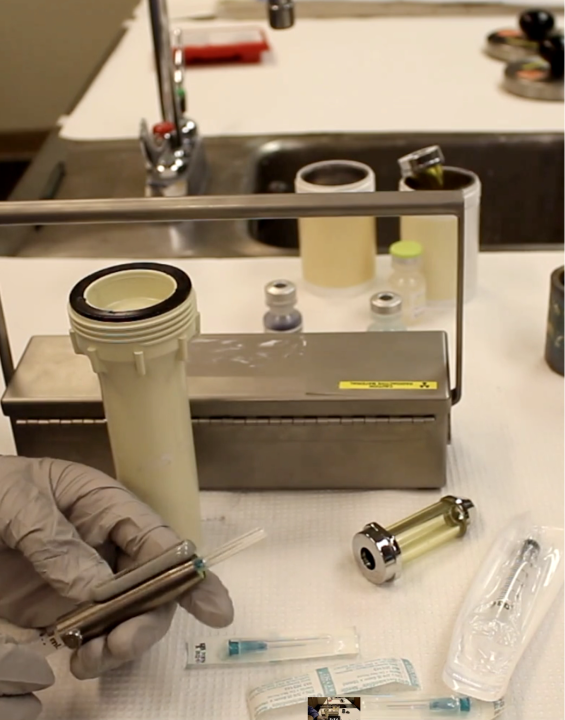
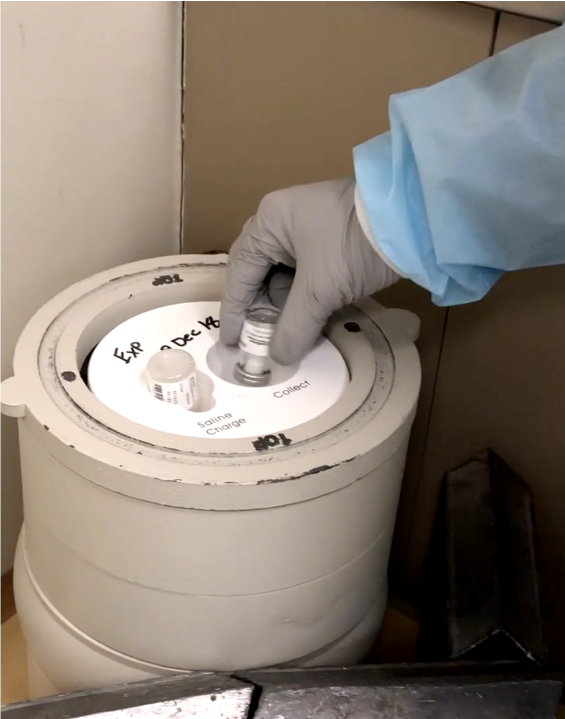
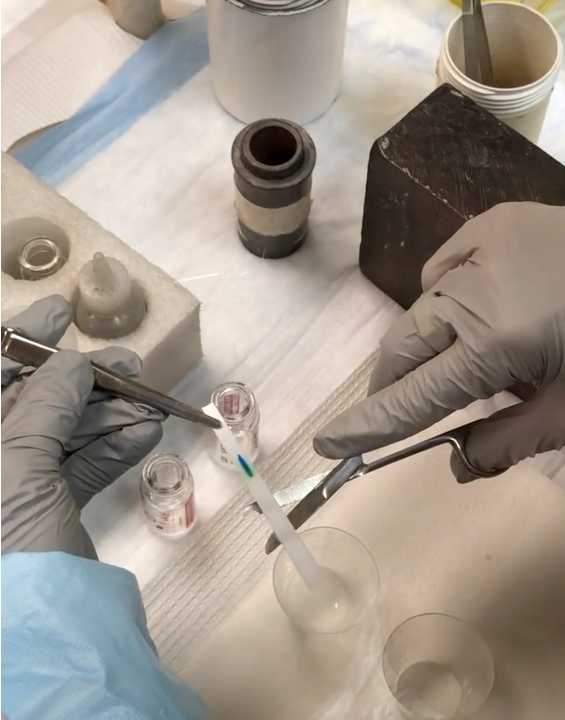
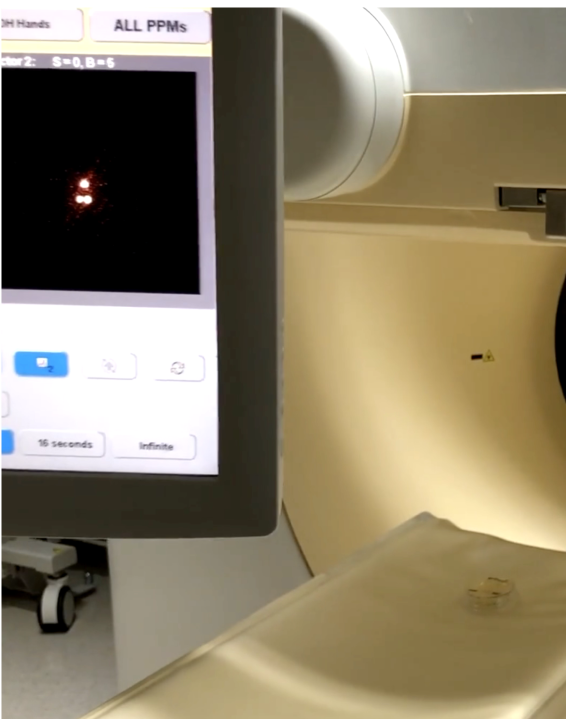

Lab 1. Handling and quantifying radioisotopes.

Lab 2. Sourcing and planning Tc-99m use.

Lab 3. Assessing radiopharmaceutical purity.

Lab 4. Maximizing resolution in planar imaging.
Example data analysis from each of the four labs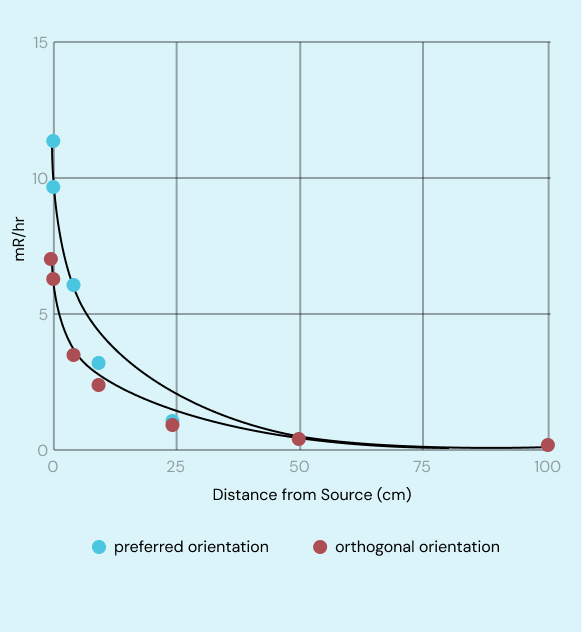


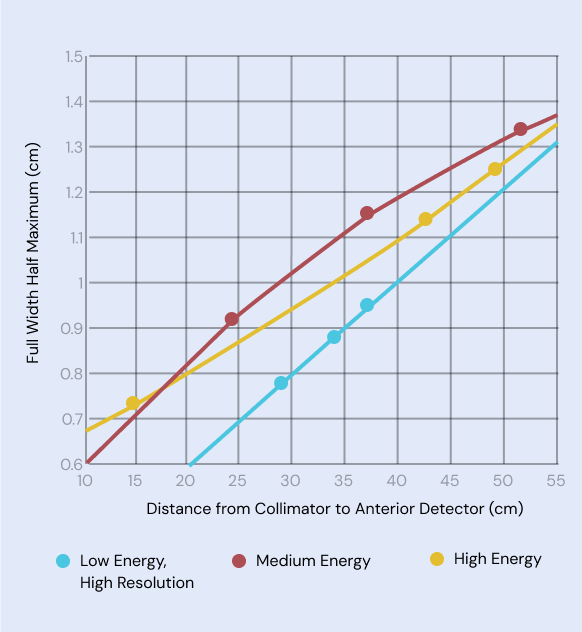

Lab 1. Exposure vs distance for two orientations of the ionization chamber survey meter.

Lab 2. Levels of Mo-99 contamination in two volumes of Tc-99m saline eluate versus time.

Lab 3: Activity vs distance from bottom of thin-layer chromatography strip for two solvents.

Lab 4: Spatial resolution versus distance for three types of parallel-hole collimators.
Case Studies
Learn how program directors use Core Physics Review to empower their residents to become leaders, and to liberate their faculty to focus on innovation, teaching, and patient care.
Frequently Asked Questions








